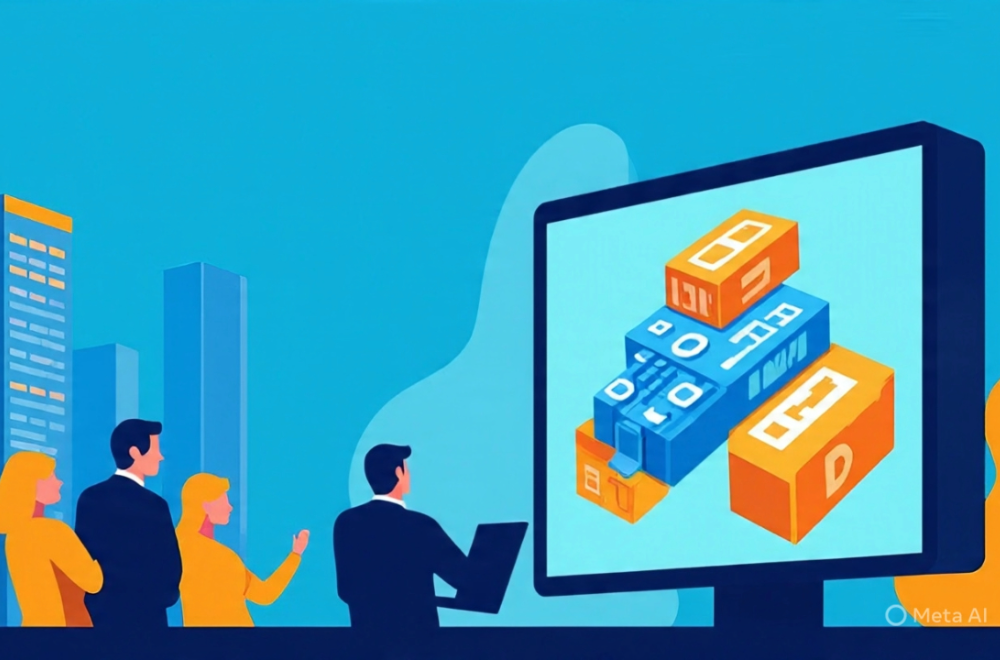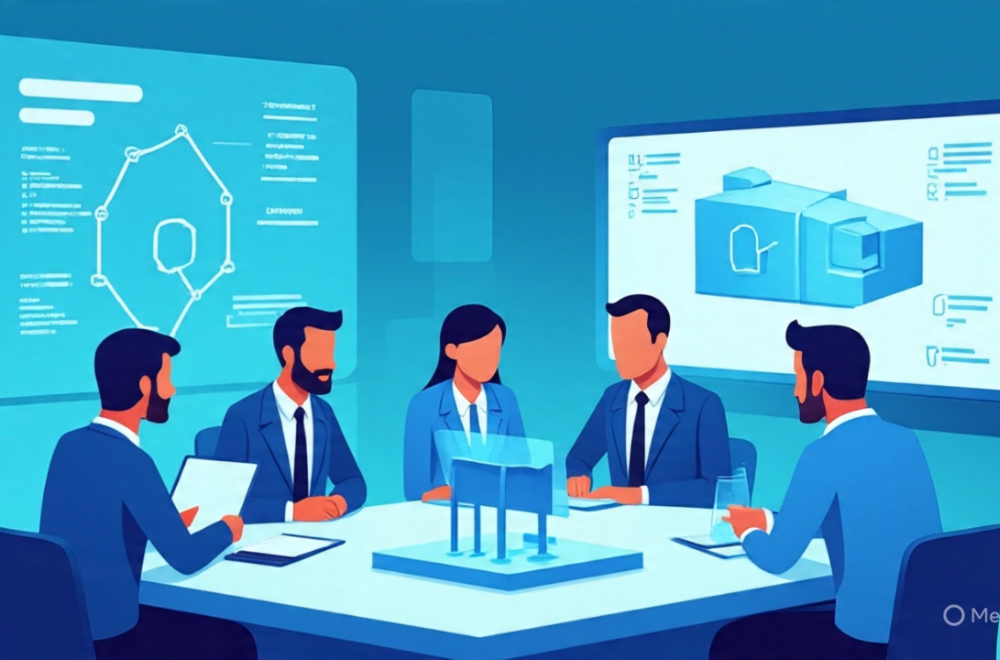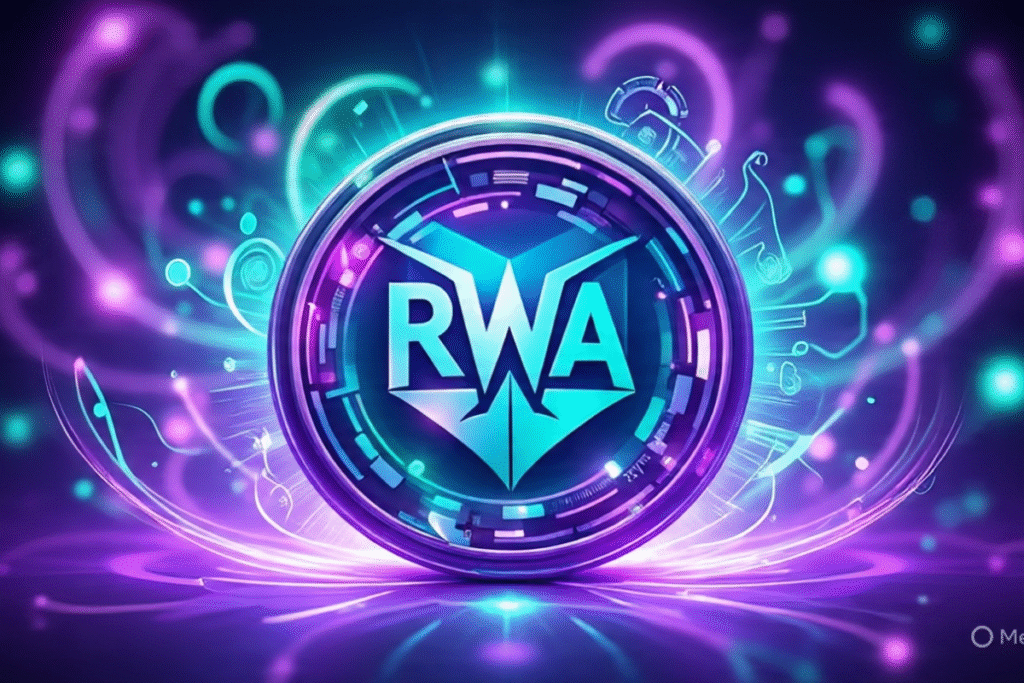Introduction
Blockchain technology has witnessed an expansive application beyond cryptocurrency markets in the past few years. RWA Tokenization, which is the act of turning physical assets into digital tokens, is among the most exciting breakthroughs. With increasing clarity around regulations related to stablecoins, investors are seriously considering tokenized assets as an investment option. But what does this really mean for the retail investor?
This blog goes further into the effects of RWA Tokenization in a post-stablecoin clarity landscape. It will investigate the what, how, and why of RWA Tokenization from an investment perspective.
What is RWA Tokenization?
RWA Tokenization is the step to represent tangible assets—real estate, commodities, and even art—into digital tokens on the blockchain. These tokens purport ownership or claim to an asset; thus, they may be transferred, subdivided, and invested in more easily anywhere around the world.
For instance, buying a premium apartment would cost $1 million.. However, you could instead own a token representing a 1% interest in the property. Accessibility is the key component of the value proposition.
The Evolution of Stablecoins and Regulatory Clarity
Stablecoins like USDT and USDC were created for the purpose of solving problems of volatility in the crypto market. Their legitimacy and application have been under examination for an extended time, owing to a past regulatory vacuum. In 2024, several nations, the U.S. already in the lead, provided clear frameworks for the issuance of stablecoins and formation of reserves.
Such regulations instilled confidence among investors. Henceforth, stablecoins could serve as credible on-ramps for RWA Tokenization platforms characterized by price stability and transactional efficiency.
With regulatory uncertainty easing, tokenized assets are entering a new era of growth and institutional adoption.
How RWA Tokenization Works
The simple breakdown of the procedure is as follows:
| Step | Description |
|---|---|
| Asset Selection | Decide which tangible asset to tokenize, such as gold, real estate, or artwork. |
| Legal Wrapping | Establish legal entities or SPVs to ensure ownership rights align with tokens. |
| Token Creation | To symbolize fractional ownership, digital tokens are created. |
| Custodianship | A third party safeguards the physical asset. |
| Trading Platform | Investors buy/sell tokens on a blockchain-enabled marketplace. |
Ownership is recorded on the blockchain immutably, which ensures transparency and auditability. The income, say from rent on real estate or interest from bonds, can also be distributed automatically through smart contracts.
Benefits of RWA Tokenization for Investors

The tokenization of real-world assets presents a one-off set of advantages:
1.Fractional Ownership
Gone are days when an investor was required to have huge sums. With even $100 today, one can own a piece of a fine artwork or a commercial building.
2.Liquidity
Compared to traditional illiquid assets, tokenized assets can be traded instantaneously on secondary markets and thus are very liquid.
3.Global Access
Values limit assets as far as geographic and regulatory barriers are concerned; this will unlock the world for investors.
4.Transparency and Security
Blockchain technology ensures that ownership records are transparent and secure and cannot easily be manipulated.
5.Efficiency
Smart contracts cut down on the time and expense of transactions for middlemen.
Harnessing RWA Tokenization demystifies investments that were earlier limited by several barriers.
Key Risks and Challenges
While full of promises, RWA Tokenization is rife with challenges:
Regulatory Variance
The laws differ from one jurisdiction to another, presenting compliance issues for investments that are cross-border.
Custodial Risk
Who is the custodian of the underlying asset? If custodianship were compromised, the token value could take a massive dip.
Liquidity Limitations
Though tokens are tradable, demand varies. Some tokens may take longer to find a buyer.
Technological Dependence
Investors may be exposed to risk associated with bugs in the smart contract or vulnerabilities in the blockchain.
Today, however, many of these risks are being actively worked on by platforms and regulators.
Real-World Examples of RWA Tokenization
Tokenized RWAs are already being used in a number of projects on the market:
- Ondo Finance – Offers tokenized U.S. Treasuries.
- RealT – Permits fractional ownership of U.S. real estate investments.
- Centrifuge – Provides bridging from DeFi liquidity to TradFi via tokenized invoices and loans.
- Securitize –Provides compliant digital securities including private placements.
These companies assert that RWA Tokenization is not merely an idea-it’s a real functioning model with real advantages.
How Stablecoin Clarity Impacts RWA Tokenization
Stablecoins are the layer facilitating transactions from fiat into crypto and back. If there was any distrust in the stablecoins, the whole RWA platform would fail to work synergistically. Here is how recent events are aiding:
| Impact Area | Before Clarity | After Clarity |
|---|---|---|
| Investor Trust | Low due to risk of depegging | High with reserve transparency |
| Transaction Speed | Uncertain delays | Predictable and fast |
| Cross-Border Compliance | Vague and fragmented | Clearer frameworks emerging |
| Integration with RWA | Limited use cases | Full integration and utility |
In a nutshell, stablecoins create a consensus with a level of trust as a mechanism for trading RWA, thereby increasing the general trustworthiness of the entire ecosystem.
The Future of RWA Tokenization

The horizon is bright and busy. Analysts forecast that, by 2030, the tokenized RWA market will be $16 trillion, and may include assets such as:
- Corporate bonds
- Carbon credits
- Infrastructure
- Precious metals
- Intellectual property
Furthermore, CBDC may further harmonize value exchange and give institutional-grade infrastructure.
Governments and large banks like HSBC and JPMorgan are already piloting tokenized bonds and real estate, which is a signal for mainstream adoption.
Final Thoughts
RWA Tokenization is reshaping how we think about ownership, liquidity, and global finance. Now, with stablecoin regulation catching up, the infrastructure is maturing fast. For investors, this means more opportunities, greater transparency, and lower barriers to entry.
The convergence of stablecoins and tokenized real-world assets is not a passing trend. It’s a fundamental shift in the mechanics of modern investing.
If you’re not exploring this space yet, now might be the perfect time to start.
FAQs
A1. A trusted entity assesses and secures the physical asset, then issues blockchain-based tokens that represent a legal claim to that asset. Investors can buy, sell, or trade these tokens just like cryptocurrencies.
A2. With stablecoins now better regulated and trusted, investors feel more confident in the broader crypto ecosystem. This has opened the door for more complex instruments like RWA tokens to gain traction in traditional and decentralized finance.
A3. Common examples include commercial and residential real estate, government or corporate bonds, fine art, gold, carbon credits, and even invoices or royalties.
A4. Benefits include fractional ownership, increased liquidity of traditionally illiquid assets, 24/7 market access, lower investment minimums, and transparency through blockchain technology.
A5. By dividing assets into smaller digital shares, tokenization allows investors with limited capital to own a portion of high-value assets like real estate or fine art, which were traditionally reserved for the wealthy.

